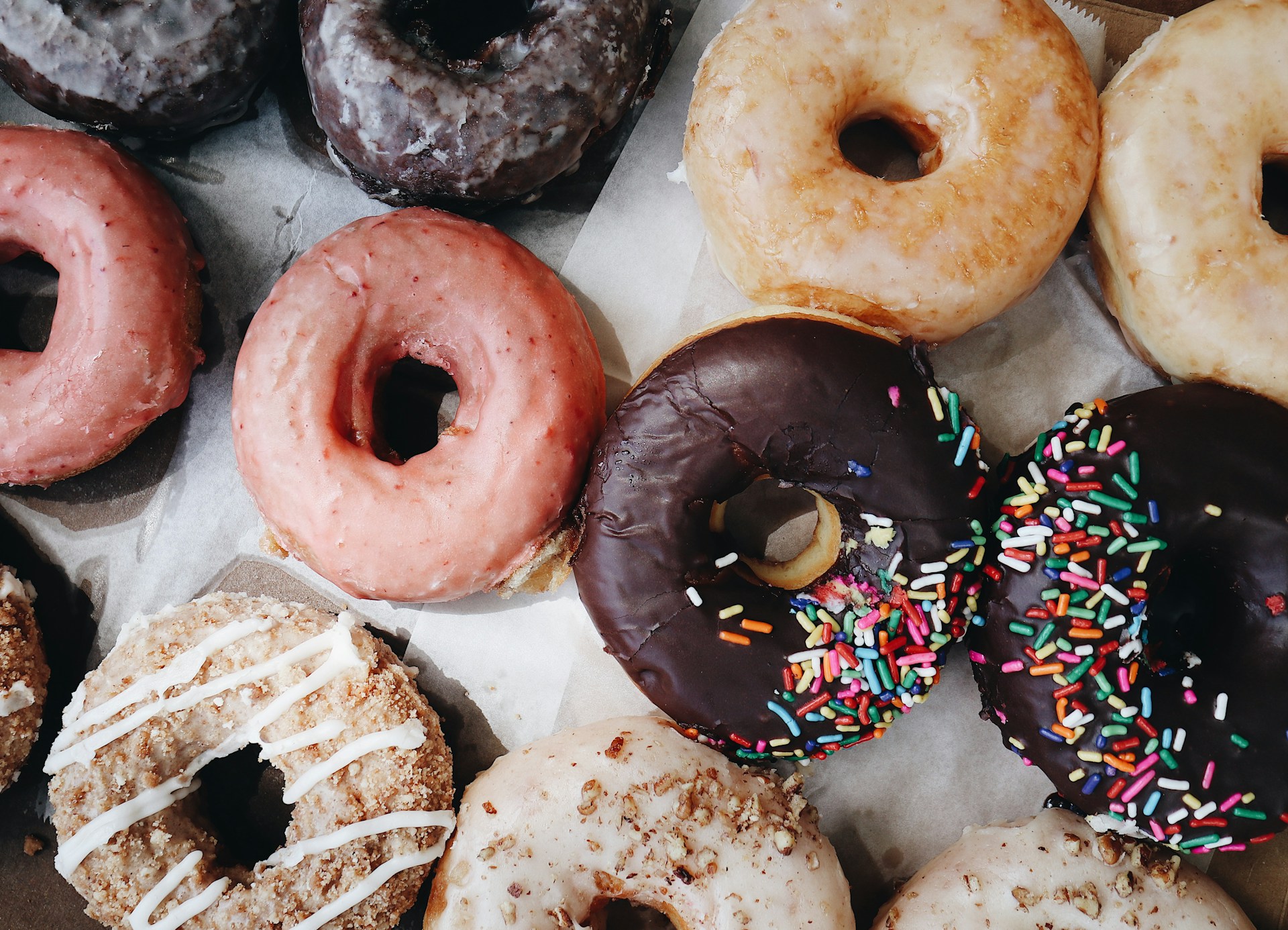U.S. News
19 More Fast Food Staples That May Disappear After FDA Crackdown
By Jake Beardslee · August 15, 2025

19 More Fast Food Staples That May Disappear After FDA Crackdown
U.S. Health and Human Services Secretary Robert F. Kennedy Jr. has announced a plan to phase out petroleum‑based synthetic food dyes—like Red 40, Yellow 5, Yellow 6, Blue 1, and others—from the U.S. food supply by the end of 2026 under his “Make America Healthy Again” initiative. The FDA and HHS will rely on voluntary cooperation with food manufacturers and are accelerating the approval of natural alternatives, while also moving to revoke authorization for certain dyes such as Citrus Red No. 2 and Orange B.With that in motion, fast-food menus could be in for a transformation. Many items rely on bright synthetic colors to look fresh, fun, or indulgent. Without them, chains may need to reformulate with natural dyes or potentially drop some items entirely.
Here are 19 more items that could be on the chopping block. Jack Gruber / USA TODAY NETWORK via Imagn Images
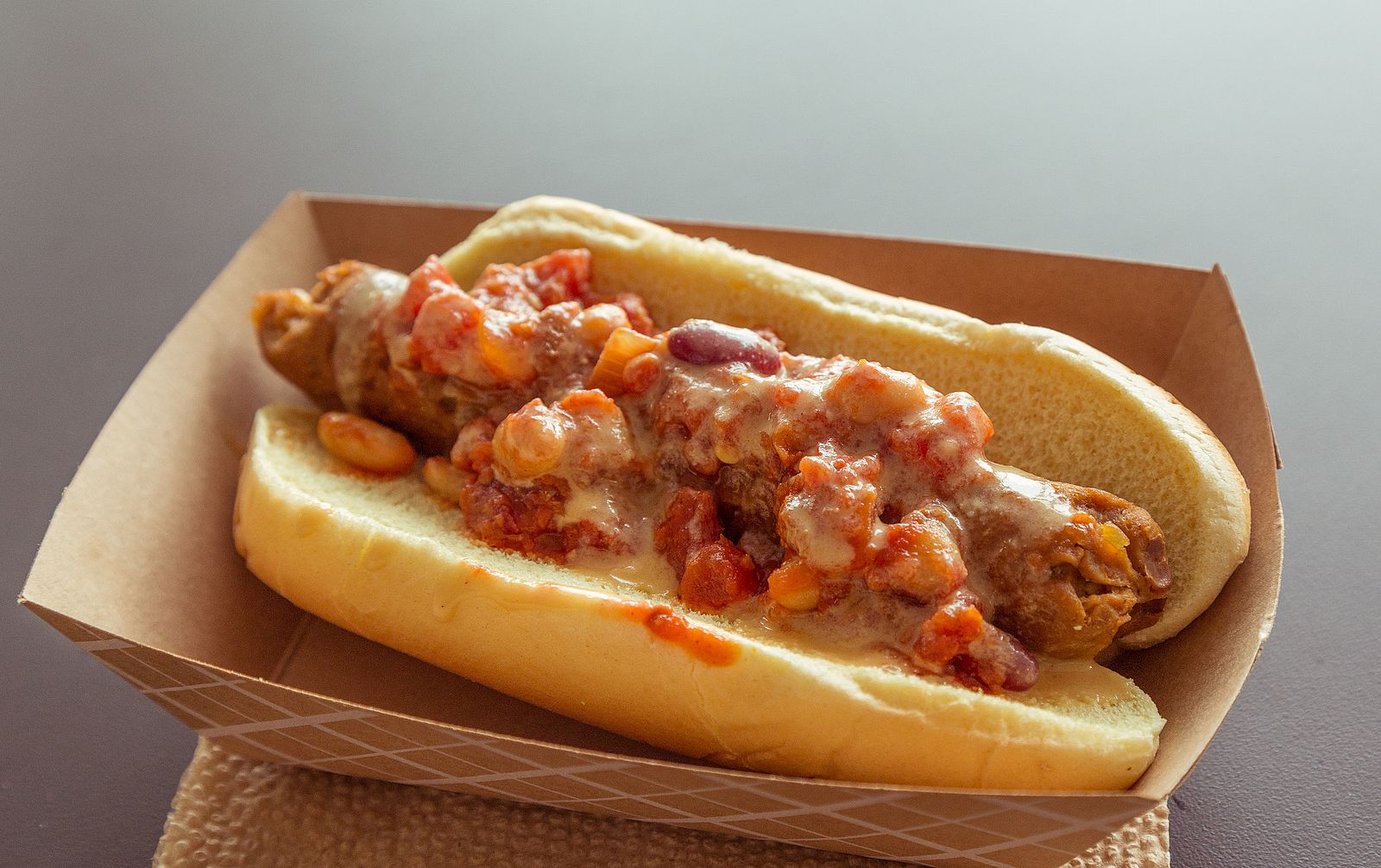
Chili Cheese Dogs
That vivid orange sauce draped over chili dogs often gets its punch from Yellow 5 and Red 40. Without dyes, the cheese can look washed out and the chili a dull brown, making the whole combo less appetizing. For stadiums and ballparks, that visual punch is a big part of the sale. Chains may need to reformulate or risk losing a longtime indulgent favorite. Tony Webster from San Francisco, California, CC BY-SA 2.0 https://creativecommons.org/licenses/by-sa/2.0, via Wikimedia Commons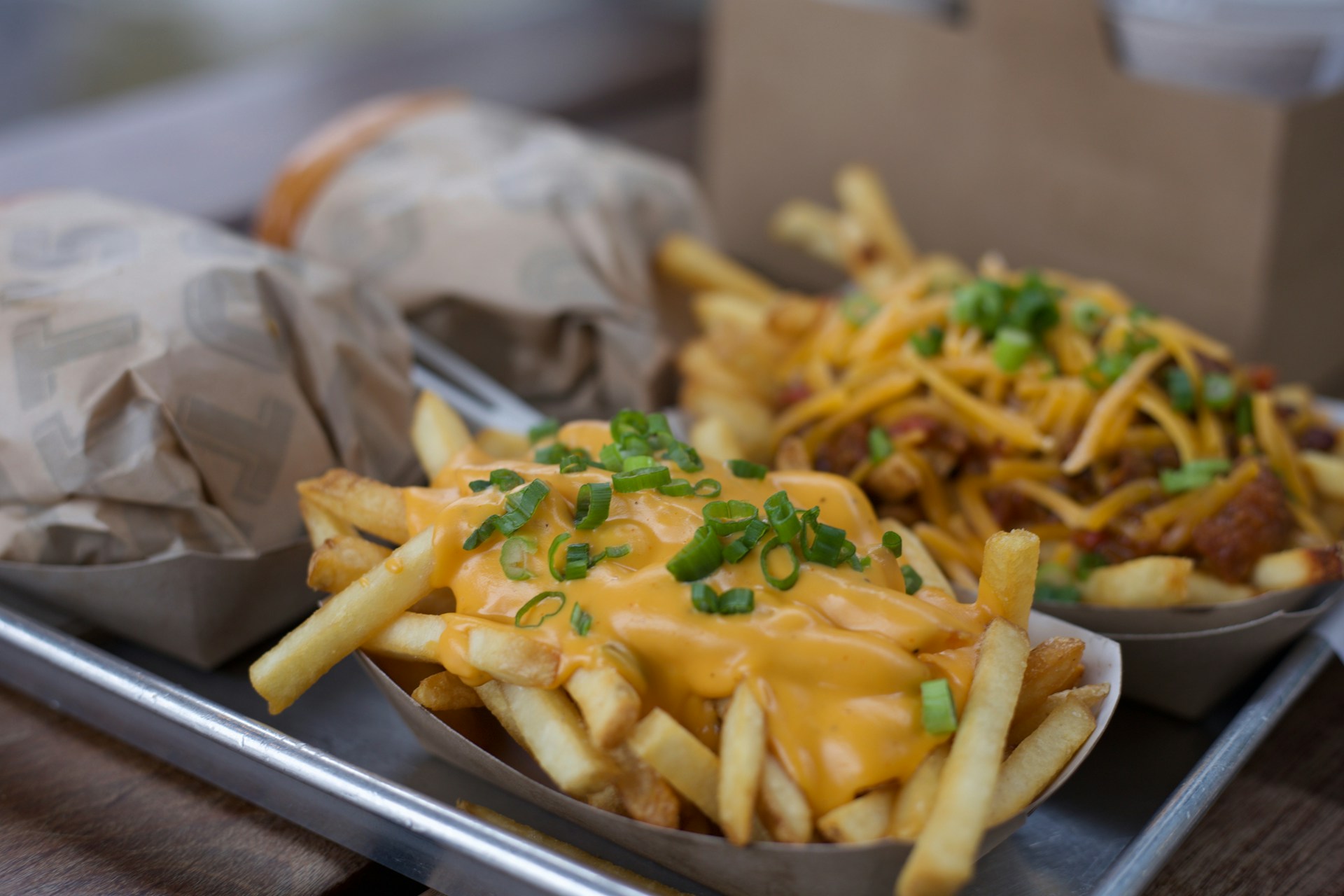
Cheese Fries
Golden cheese sauce on loaded fries is often more dye than dairy. The bright color makes the snack feel indulgent and Instagram-worthy. Without synthetic colorants, the topping may appear pale, leading some customers to think it tastes bland. This could turn one of the most popular side orders into a less appealing option. Christine von Raesfeld / Unsplash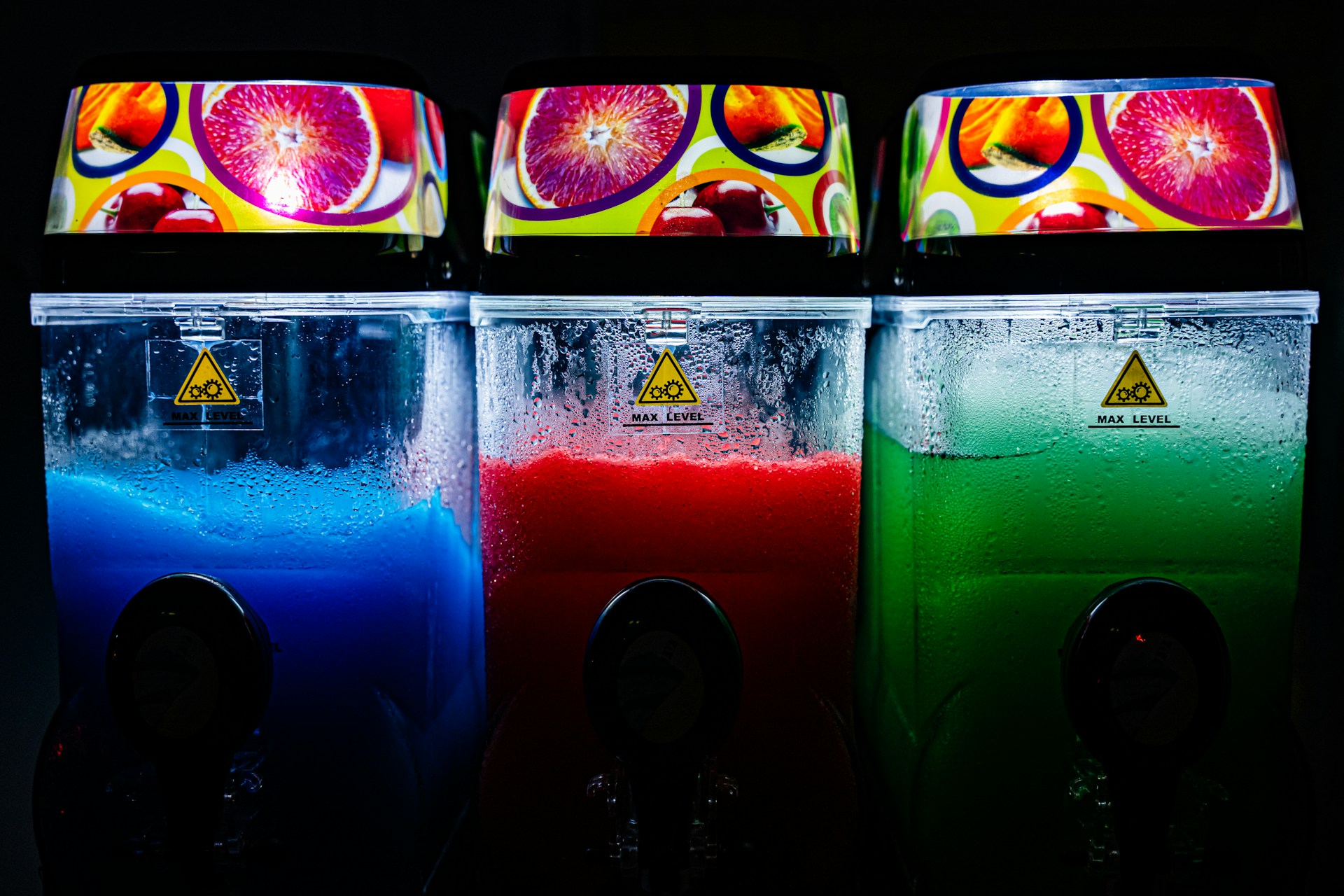
Frozen Slushies
Electric blue raspberry and neon cherry slushies are fast-food and convenience store staples. Their appeal is almost entirely visual, as natural alternatives usually can’t produce the same intense colors. A ban would likely either force a duller look or cause chains to limit the variety of flavors. Eryk Piotr Munk / Unsplash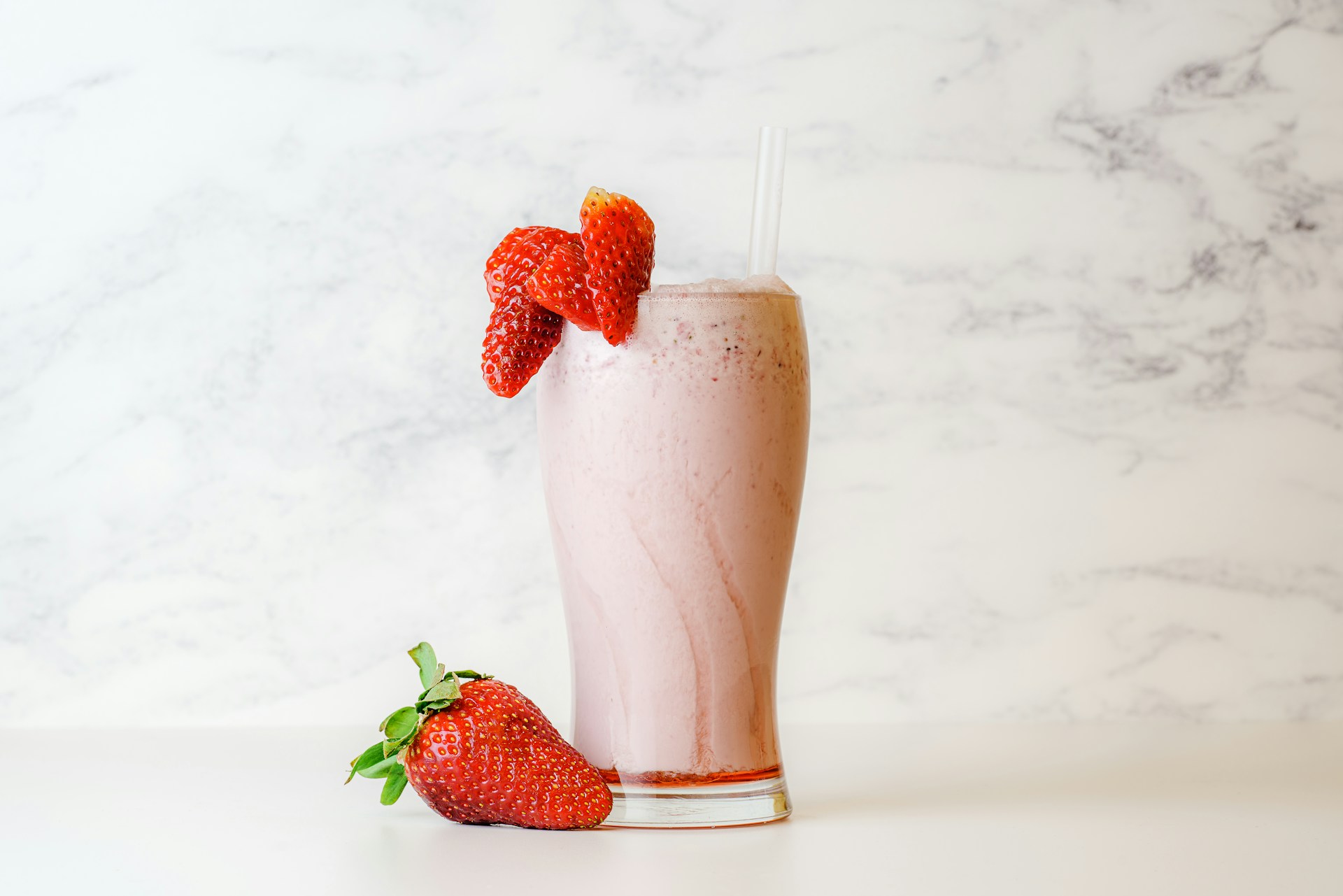
Strawberry Milkshakes
Fast food shakes often rely on Red 40 to keep their pink hue vibrant. Without it, the drinks can look pale or grayish, making them resemble vanilla shakes. Natural alternatives like beet juice don’t hold up well in dairy, so chains may struggle to find substitutes. That could leave strawberry shakes off seasonal menus altogether. Sebastian Coman Photography / Unsplash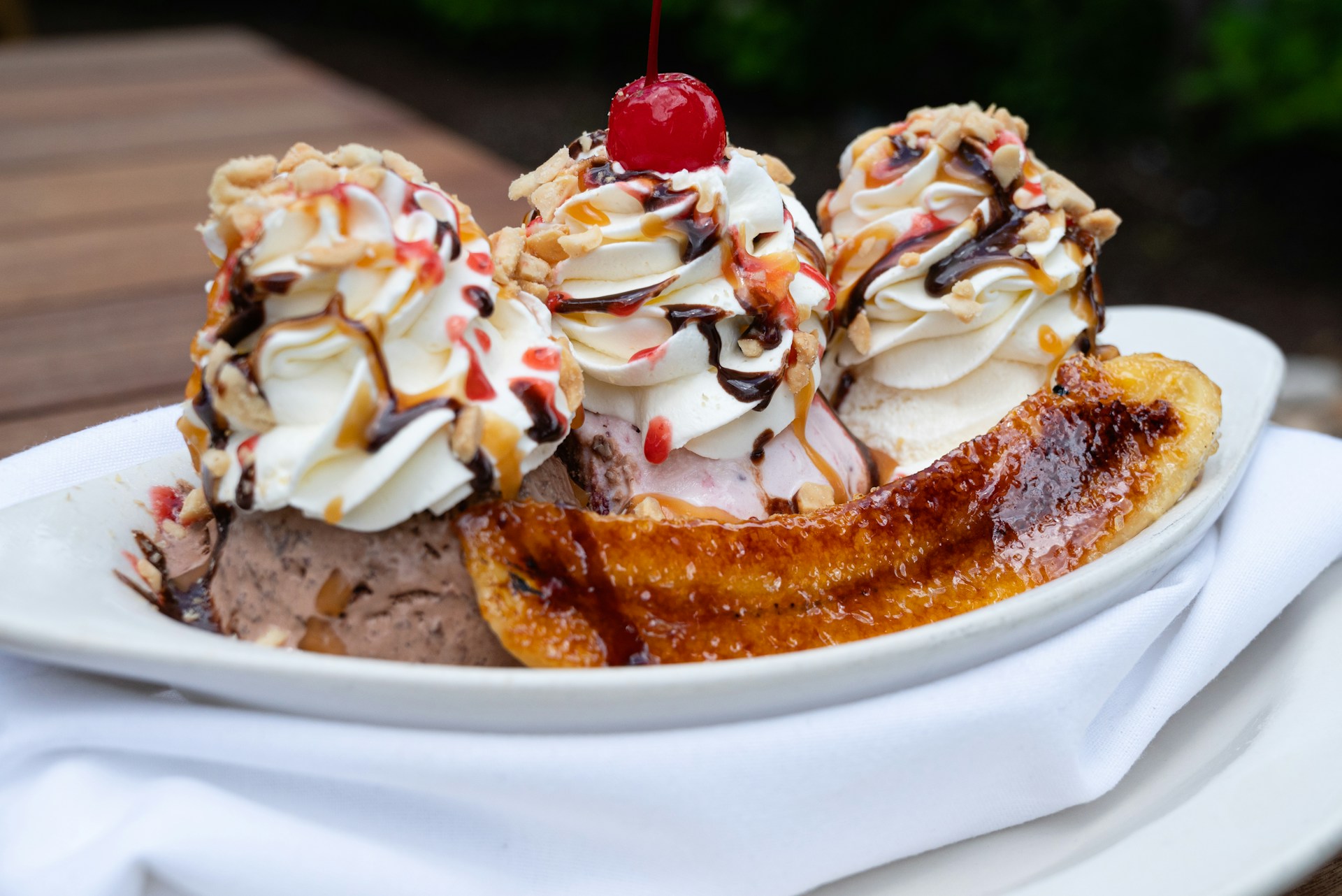
Sundae Toppings
Brightly colored syrups and sprinkles are dye heavy. Without them, hot fudge sundaes with rainbow toppings or neon strawberry syrup would look dull. Since these toppings are marketed to kids, chains may lose part of their target audience. Simpler sundaes could replace the more colorful options. Molly Keesling / Unsplash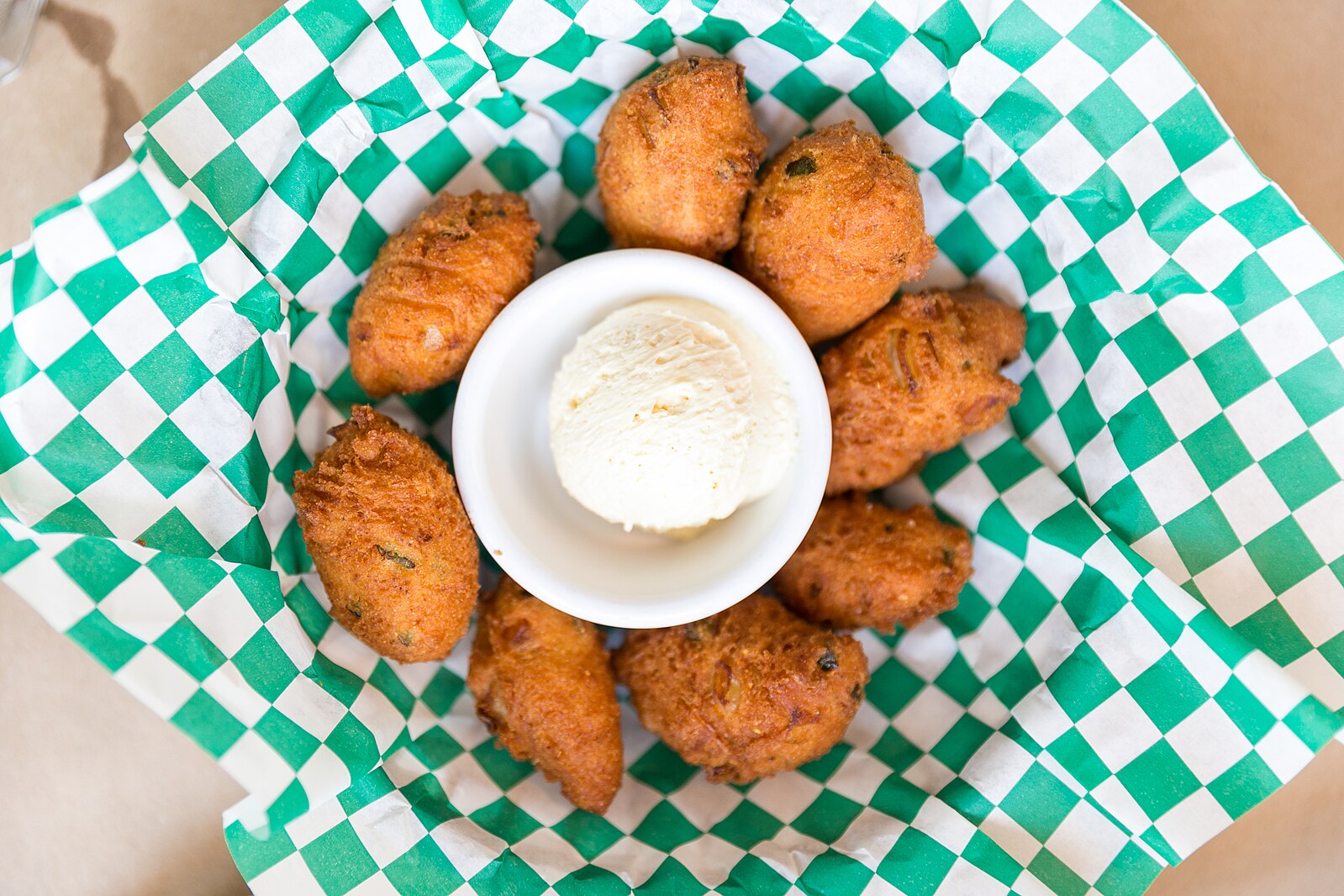
Ranch and Southwest Sauces
Fast food ranch and southwest sauces sometimes use dyes to keep their colors uniform. Without Yellow 5 or Red 40, ranch can look grayish and southwest sauces turn muddy. The look of dipping sauces is key to customer appeal. Chains may need to lean on natural colorants like paprika, but those could alter the taste. City Foodsters, CC BY 2.0 https://creativecommons.org/licenses/by/2.0, via Wikimedia Commons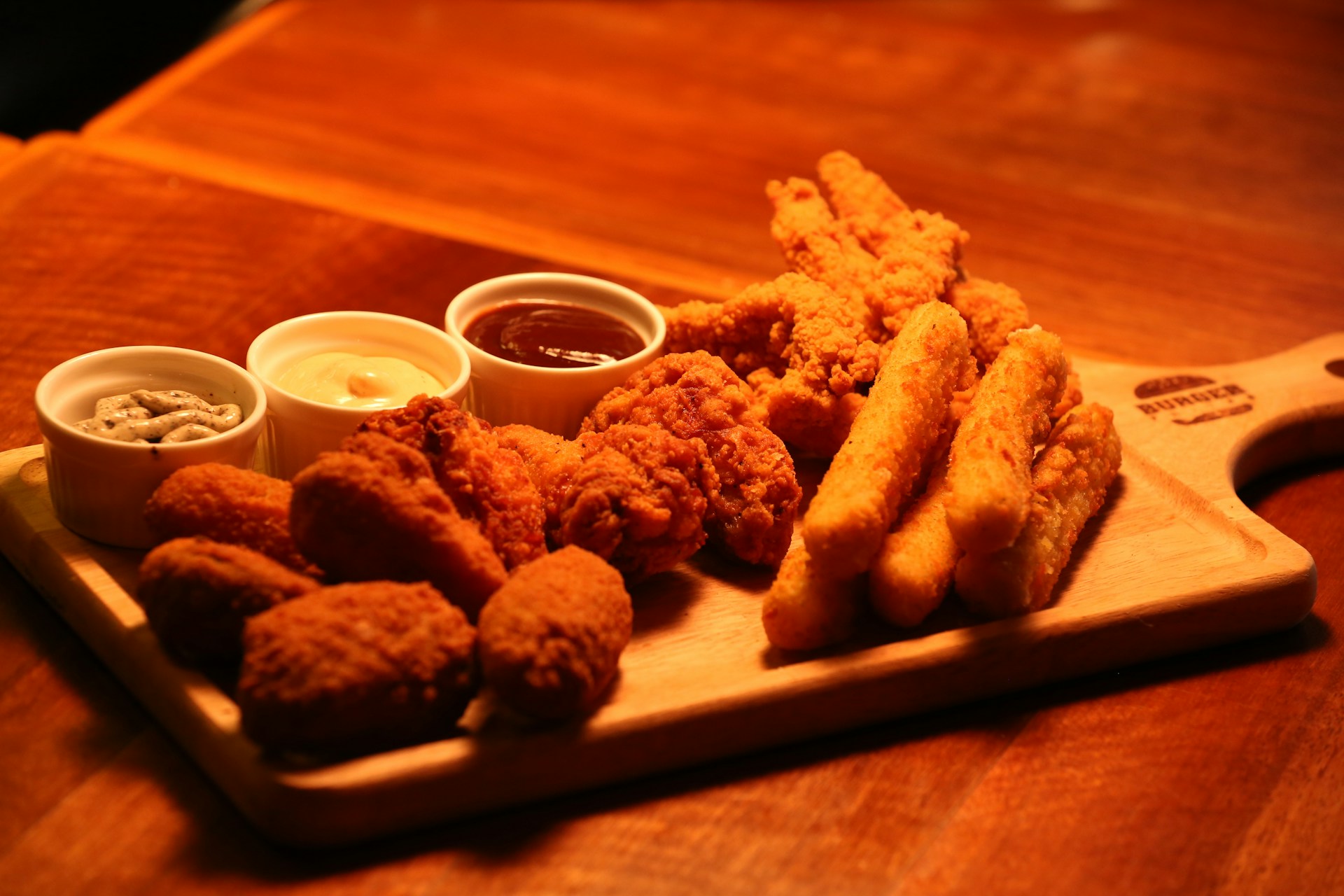
Mozzarella Sticks with Marinara
That glossy red marinara often gets a boost from Red 40 to keep it looking appetizing under heat lamps. Without it, the sauce may appear dull brown or uneven. Since mozzarella sticks are often marketed as shareable snacks, the less appetizing look could cut into sales. Paras Kapoor / Unsplash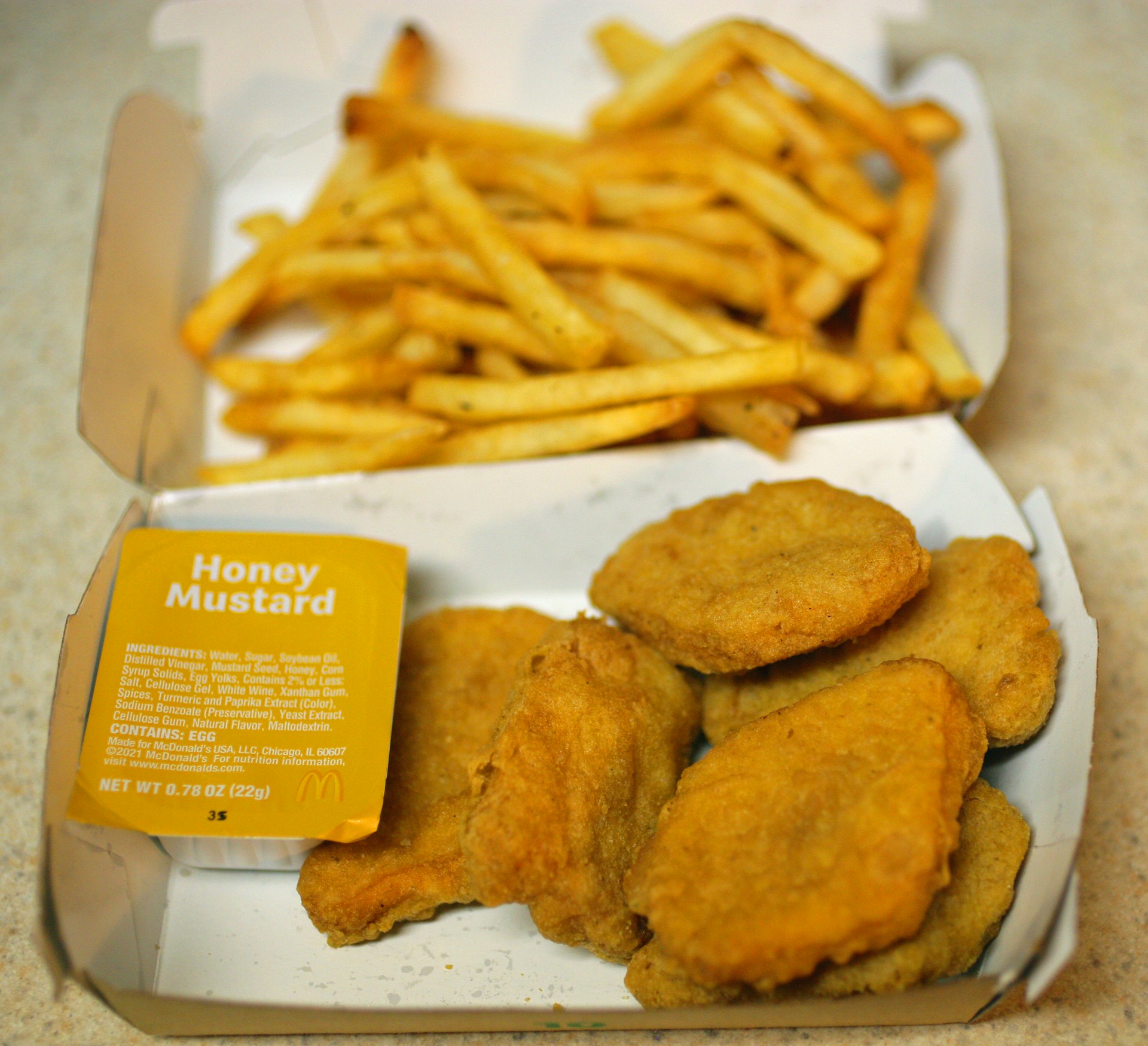
Chicken Nugget Dipping Sauces
Sweet and sour, honey mustard, and spicy dipping sauces frequently use dyes. The bright colors are a cue for flavor, but without them, the sauces look more muted. Chains might pare back the options to a smaller set of natural sauces. David Trinks / Unsplash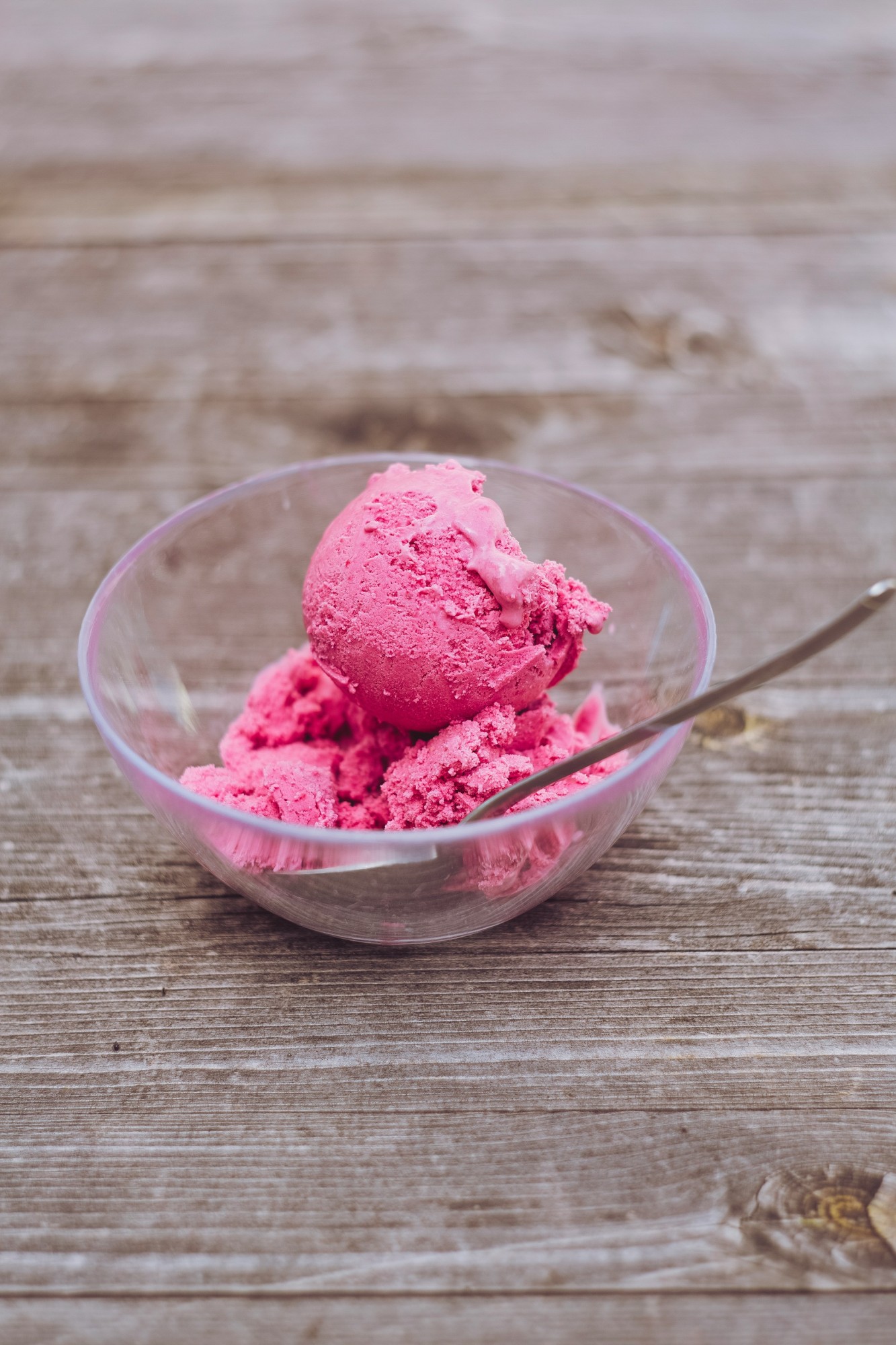
Cotton Candy Desserts
Cotton candy shakes, blizzards, and ice cream flavors all typically rely heavily on Blue 1 and Red 40. Without those dyes, the flavor is hard to sell visually. A gray or off-white cotton candy treat simply doesn’t capture the magic. Expect many chains to quietly discontinue these flavors. Markus Spiske / Unsplash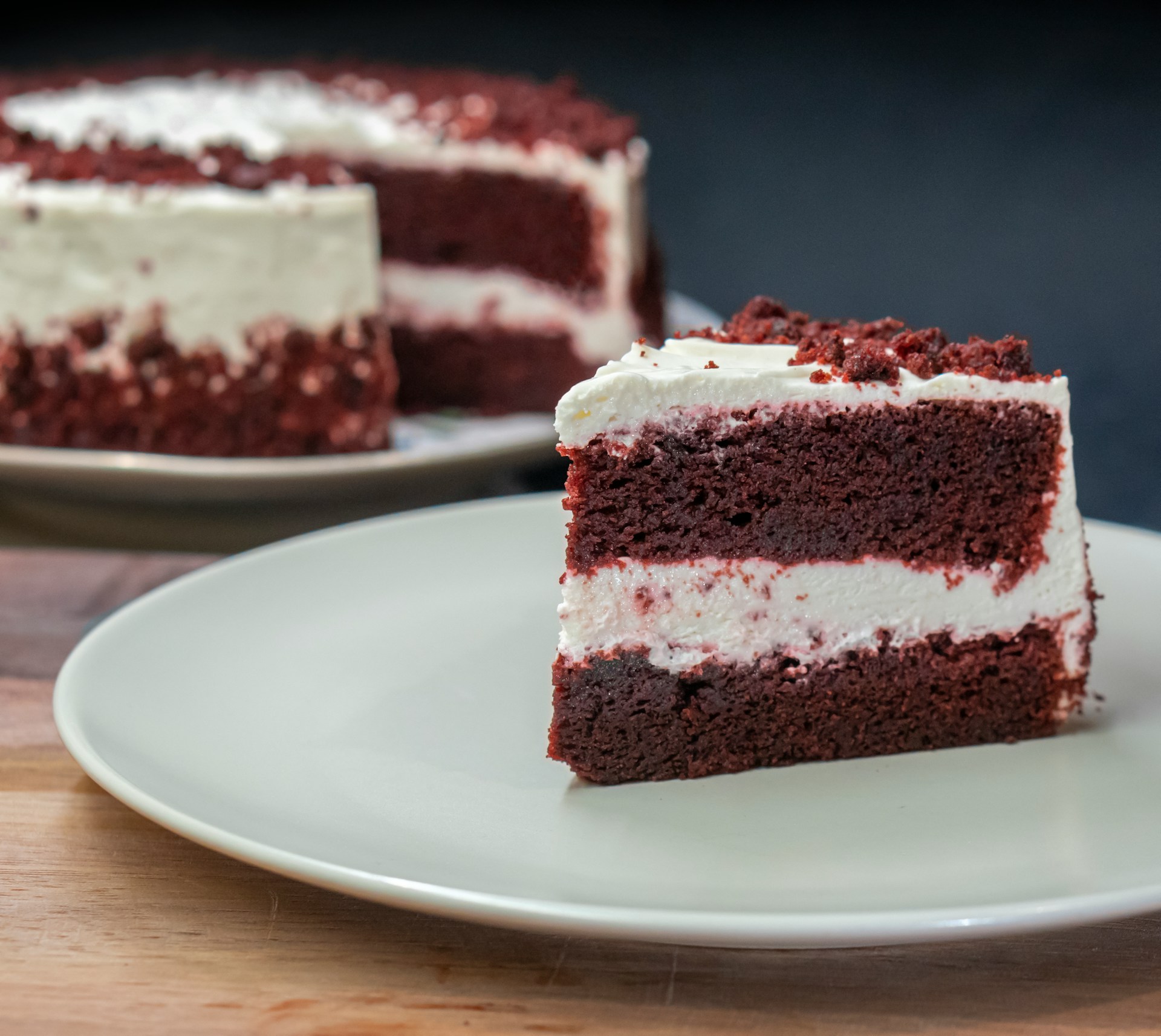
Red Velvet Treats
From donuts to cake slices, fast food red velvet is built on synthetic coloring. Without Red 40, the cakes turn brown and lose the distinct appeal that defines the flavor. Natural substitutes don’t bake evenly, leaving blotchy results. Red velvet may fade out of fast-food menus if the ban holds. Amirali Mirhashemian / Unsplash
Flavored Lemonades
Neon pink strawberry lemonade and bright green limeades are made with heavy dyes. Without them, the drinks look cloudy or pale, which makes them harder to market. Chains may keep plain lemonade but scrap the more colorful varieties. Seasonal promotions would take a hit. Shamblen Studios / Unsplash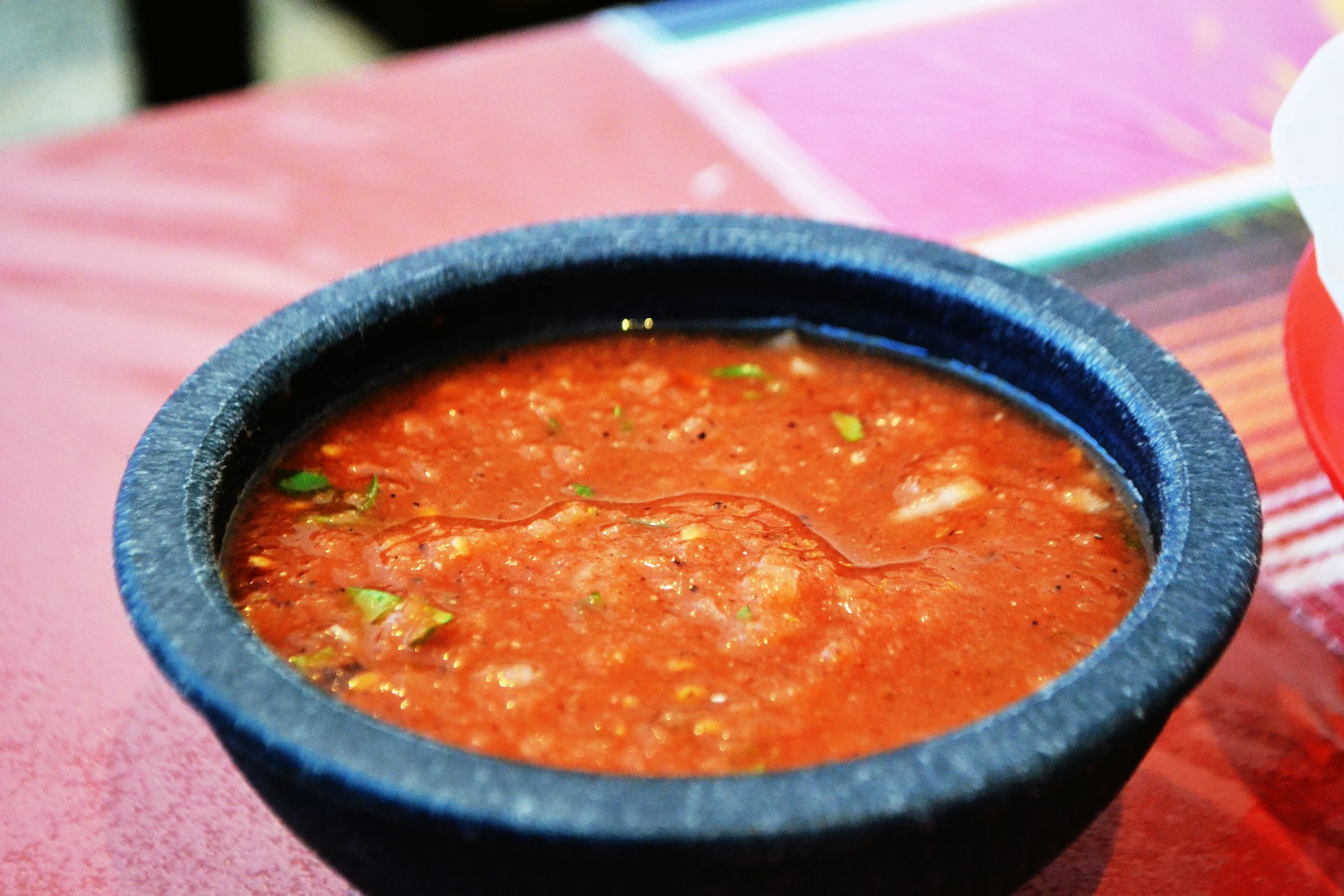
Red Salsa at Tex-Mex Chains
Fast-casual Tex-Mex spots often enhance salsa with Red 40 to keep it looking bright and fresh. Without it, salsa can appear watery or brown, especially in packaged containers. Customers may assume it’s old even when freshly made. That perception could force menu changes. Mandy Bourke / Unsplash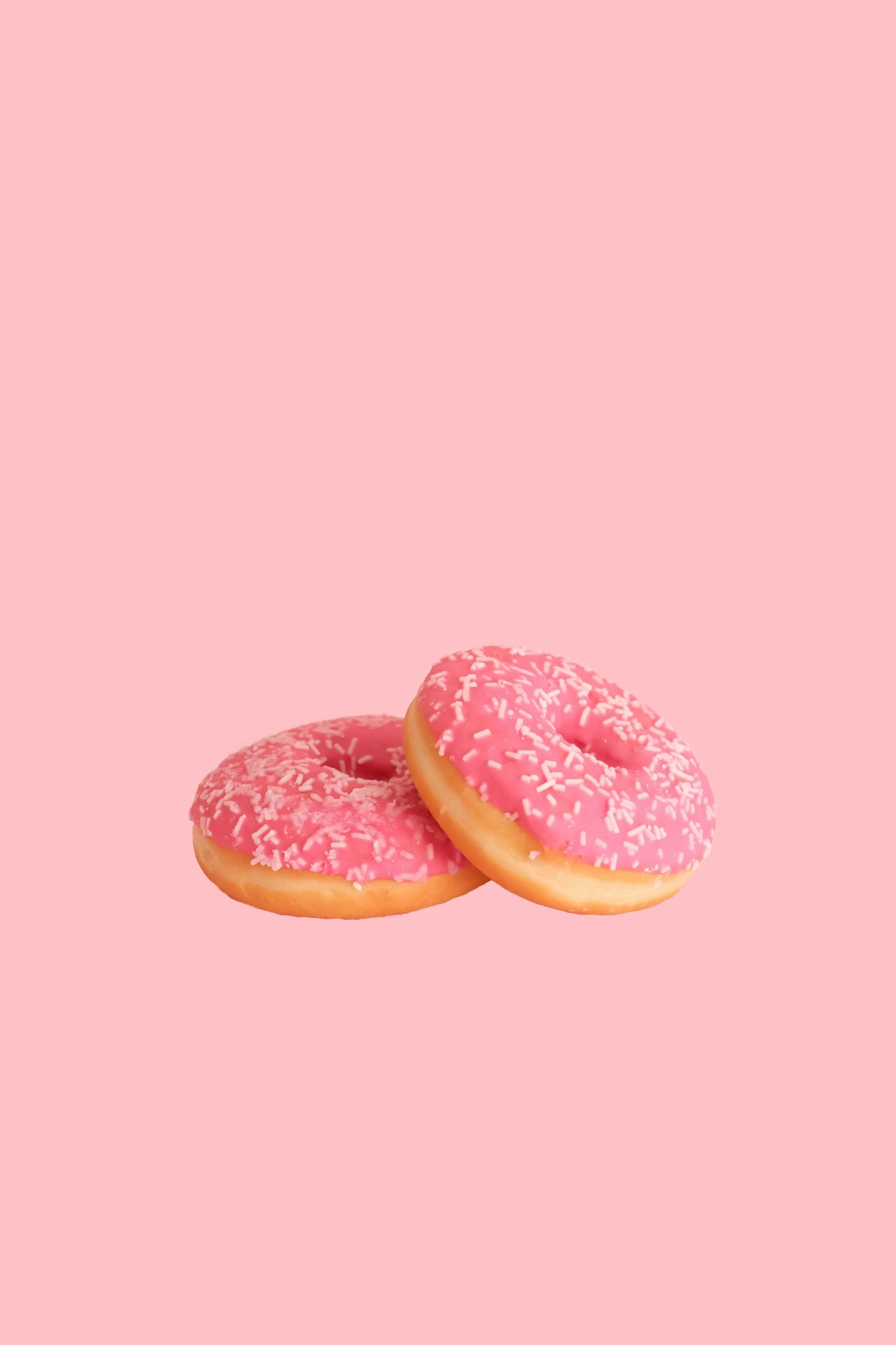
Frosted Donuts
Bright pink, yellow, or blue donut glazes are dye heavy. Without them, the treats lose their playful, eye-catching look. Chains that rely on novelty donuts to draw social media buzz could see a drop in demand. Simpler glazed or chocolate donuts may dominate instead. Elena Koycheva / Unsplash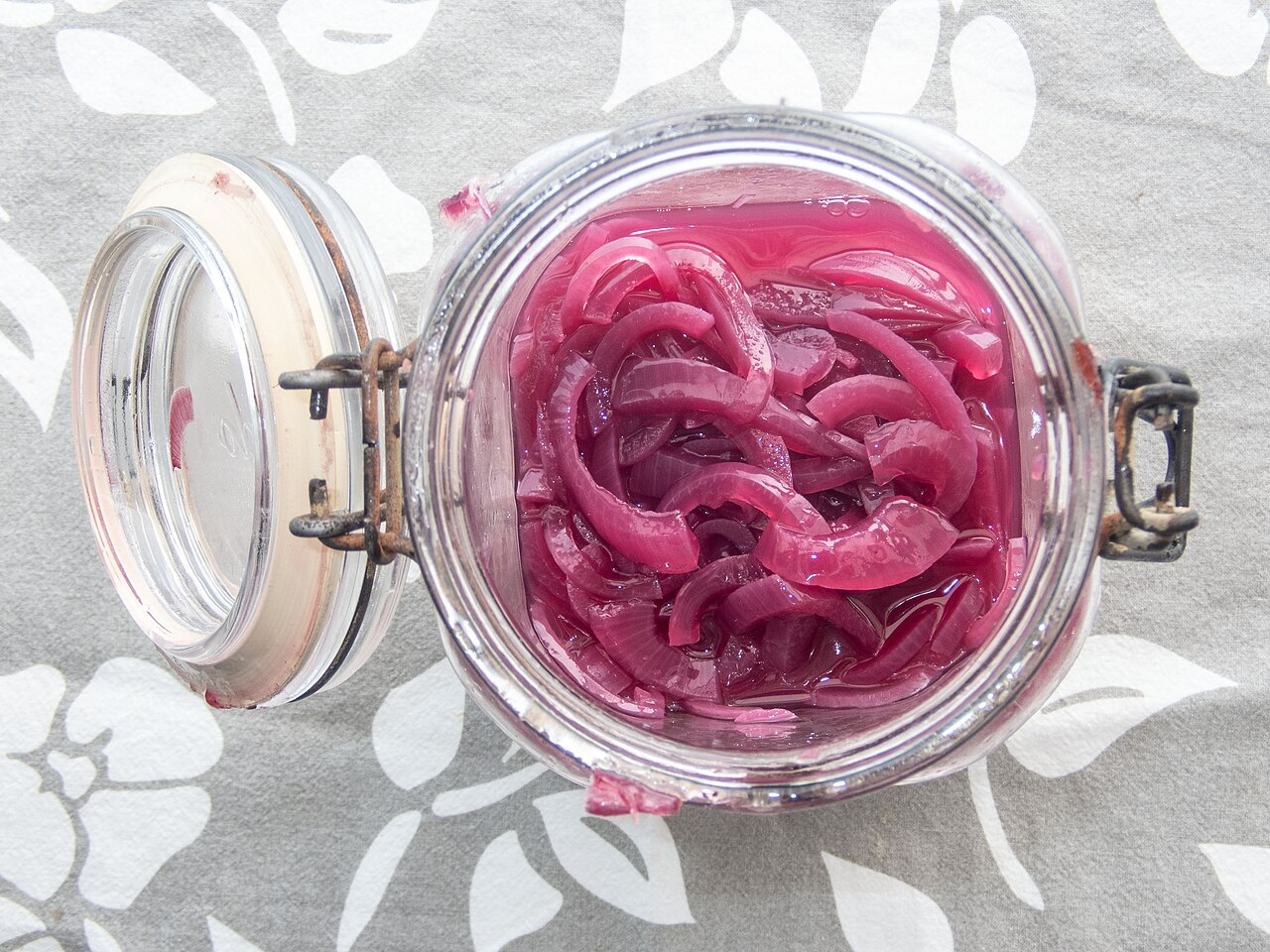
Red Pickled Onions
These trendy toppings often use dyes to maintain their vibrant pink hue. Without synthetic coloring, onions can look more gray than pink. For fast casual chains, the pop of color is part of the appeal. Losing that could make them less marketable. Kotivalo, CC BY-SA 4.0 https://creativecommons.org/licenses/by-sa/4.0, via Wikimedia Commons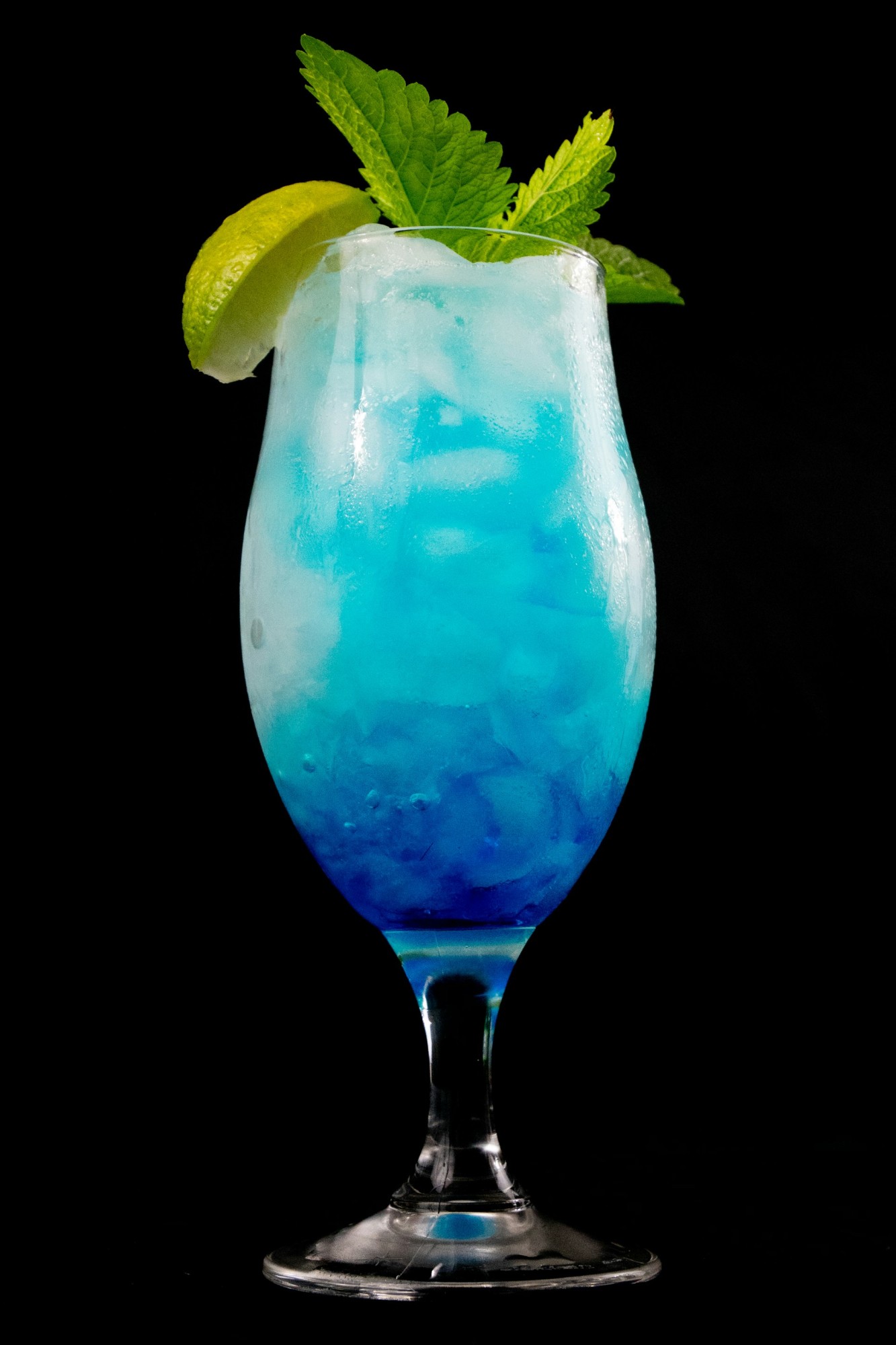
Blue Raspberry Desserts
Anything “blue raspberry” is almost entirely a dye creation. Without Blue 1, the flavor becomes hard to sell. A gray or pale product doesn’t stand out on menus or in ads. Expect this flavor to fade from milkshakes, slushies, and candy toppings. Clovis Wood / Unsplash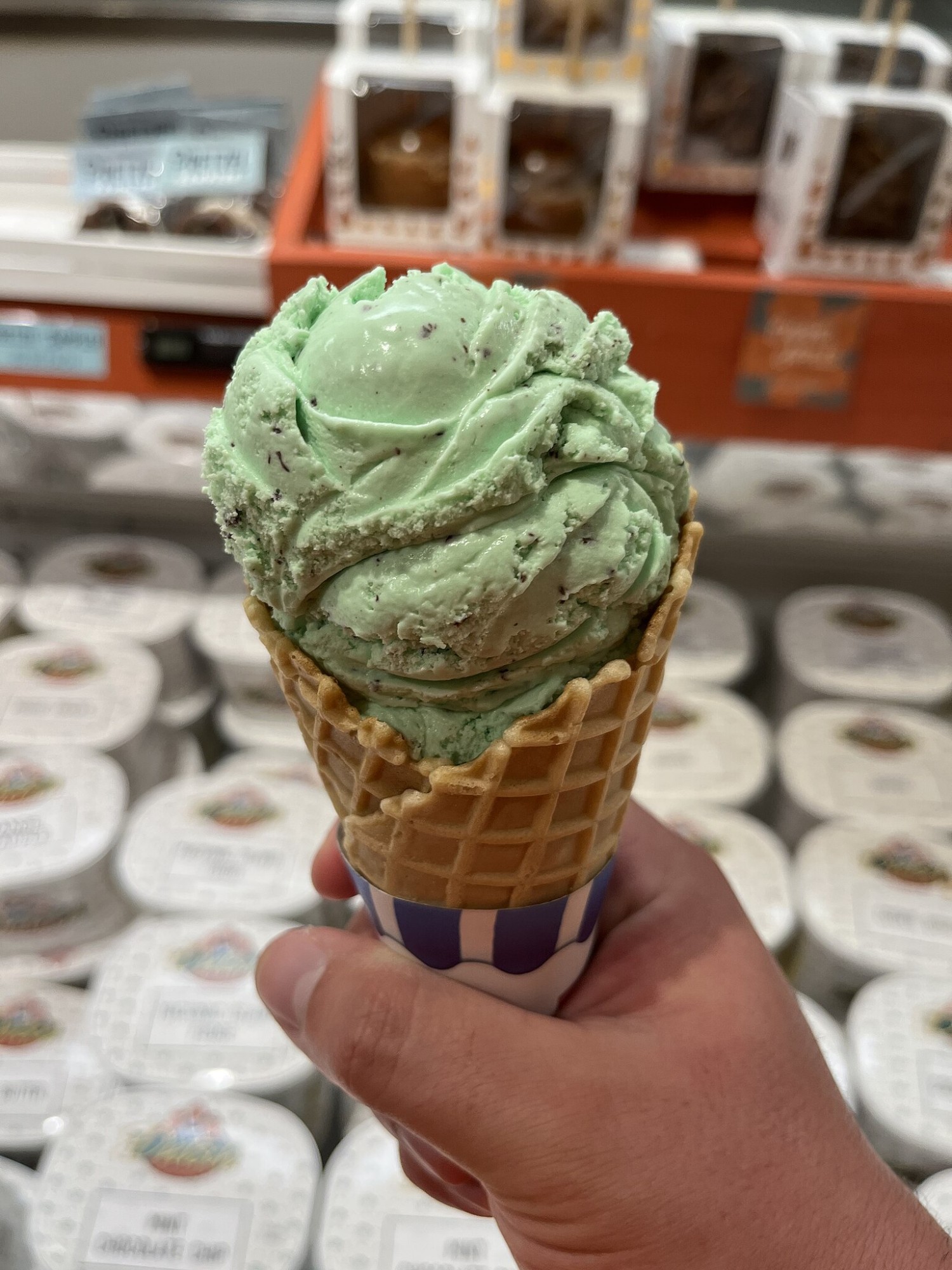
Green Mint Chocolate Desserts
Mint shakes and ice creams often rely on artificial dyes for their signature green hue. Without Yellow 5 and Blue 1, the treat looks like plain vanilla. For seasonal promotions like St. Patrick’s Day, this could be a big loss. Some chains may abandon mint flavors entirely. Mbrickn, CC BY 4.0 https://creativecommons.org/licenses/by/4.0, via Wikimedia Commons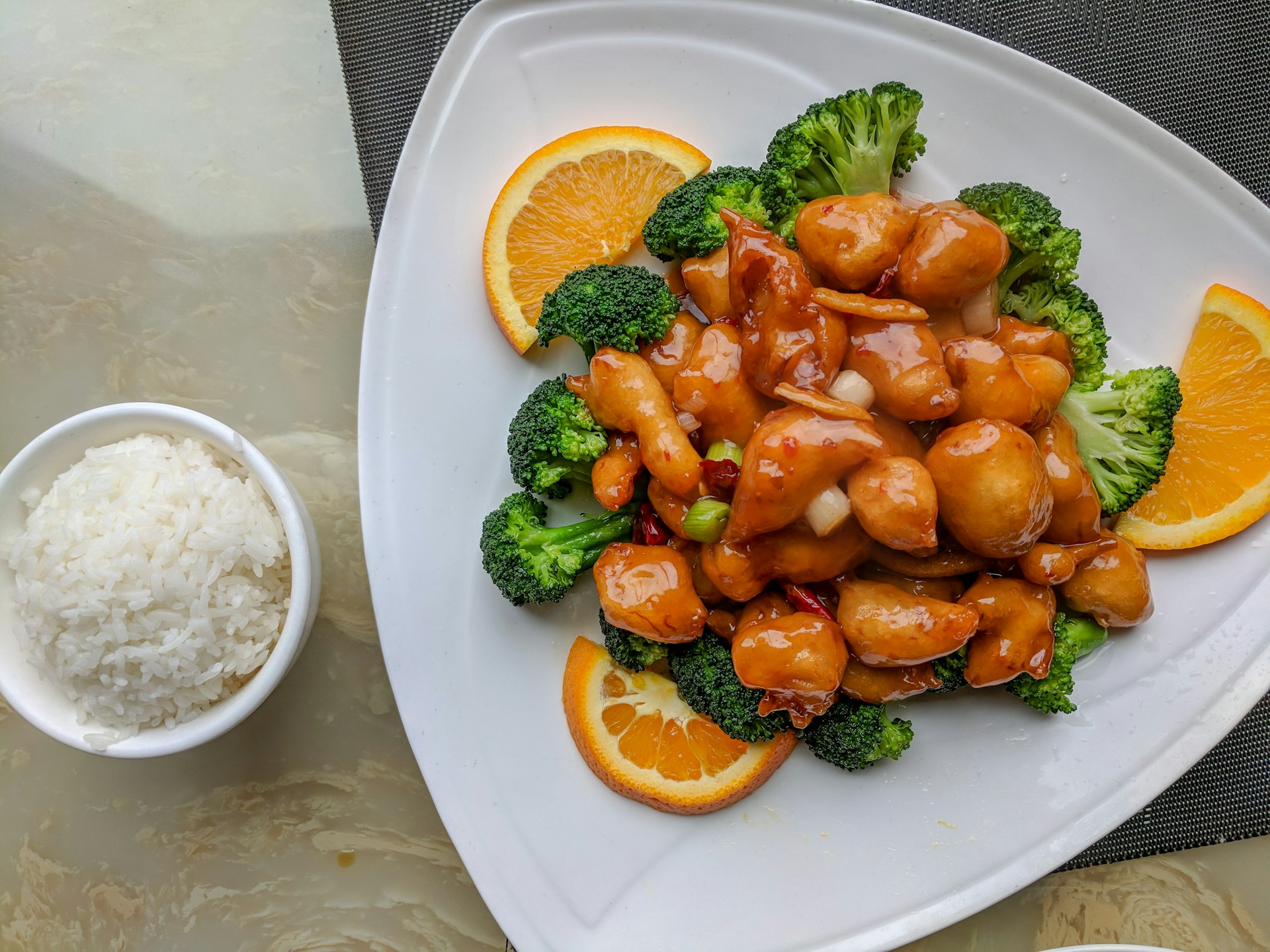
Orange Chicken Glazes
The shiny orange glaze on many quick-service Asian-style chicken dishes often comes from a mix of Red 40 and Yellow 6. Without synthetic dyes, the sauce can look dull and less appetizing. Since the color signals bold flavor, a less vibrant glaze may drive customers toward safer menu picks. Drew Taylor / Unsplash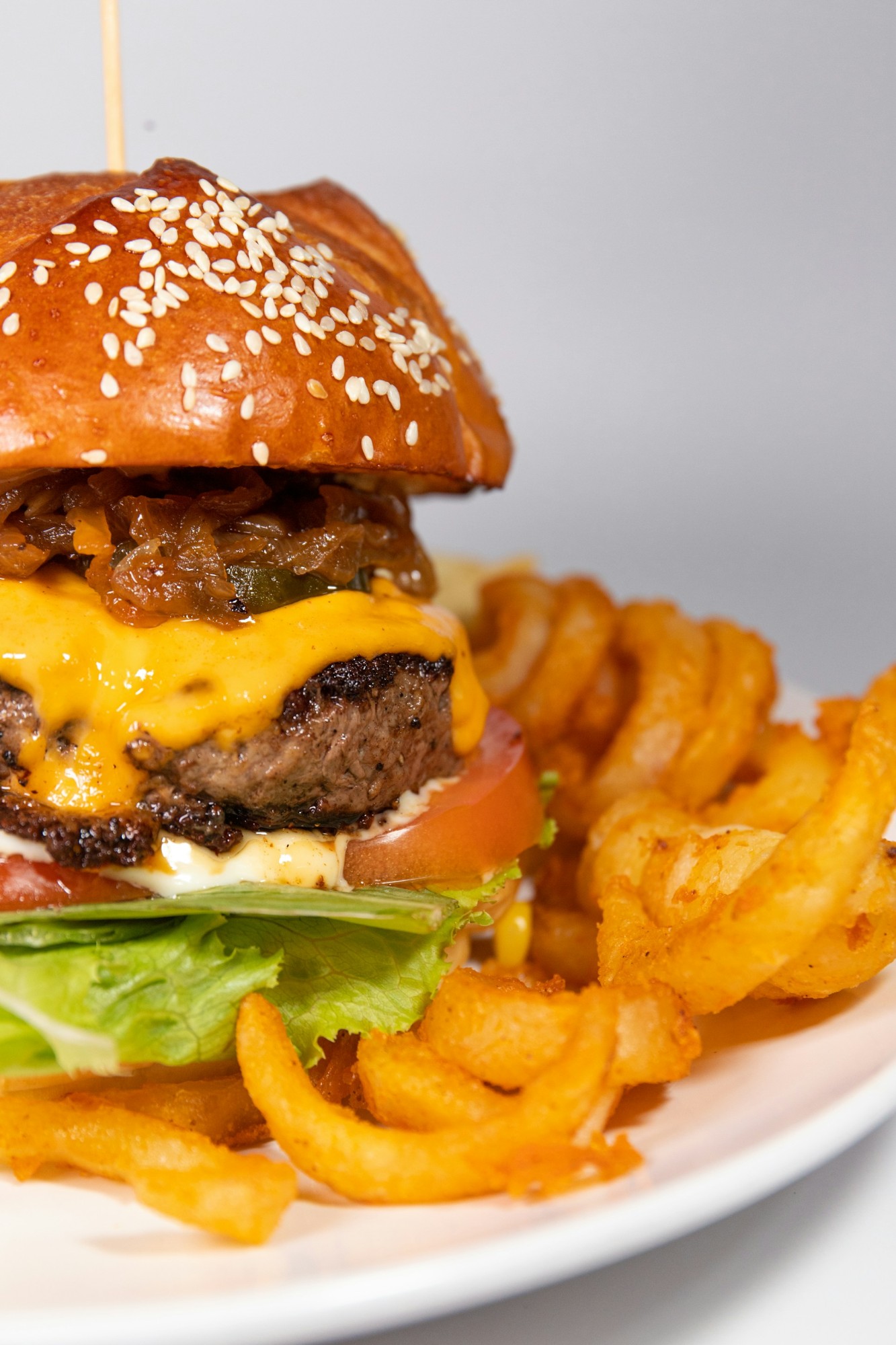
Curly Fries
Bright orange seasoning on spicy curly fries is often achieved with Yellow 6 and Red 40. Without those dyes, the fries would look pale and less flavorful, even if the taste stayed the same. Since much of the appeal is visual, a lack of color could make them less of a draw. Amanda Lim / Unsplash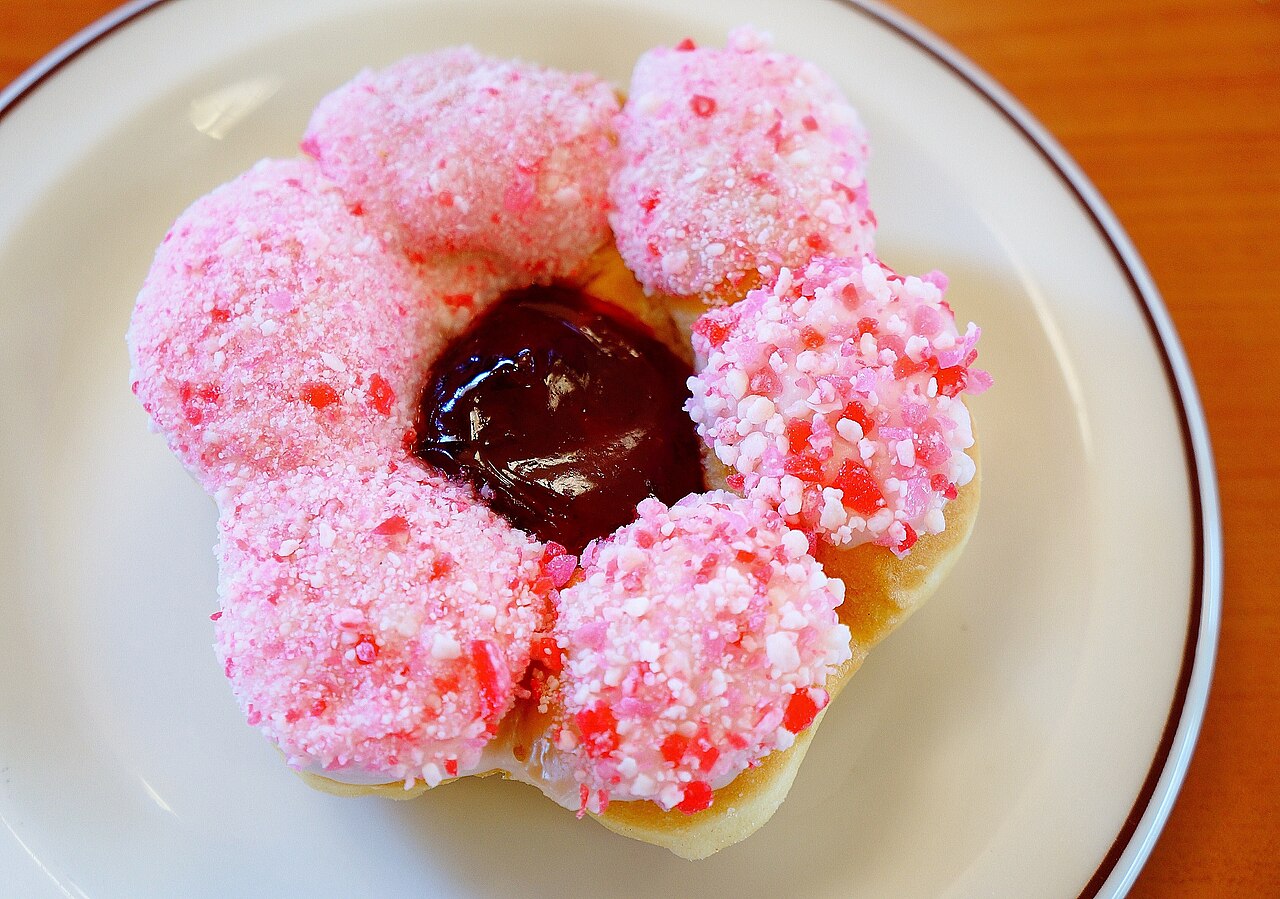
Strawberry-Filled Donuts
The vibrant pink glaze on strawberry-filled donuts often comes largely from Red 40. Without it, the frosting would appear beige, making the treat look unfinished. For desserts that rely on fun, eye-catching presentation, this could be enough to push them off menus. Jiaqian AirplaneFan, CC BY 3.0 https://creativecommons.org/licenses/by/3.0, via Wikimedia Commons